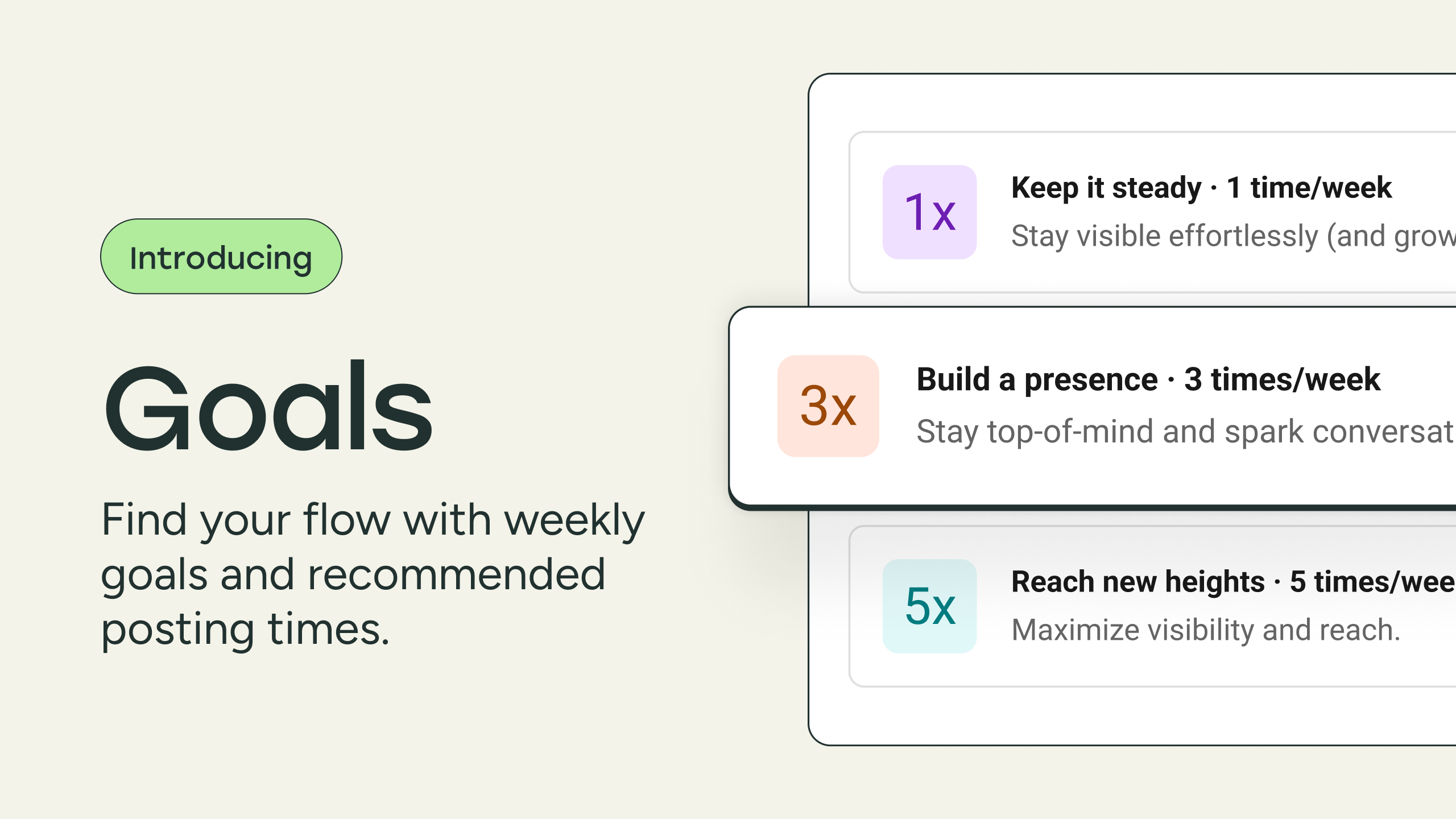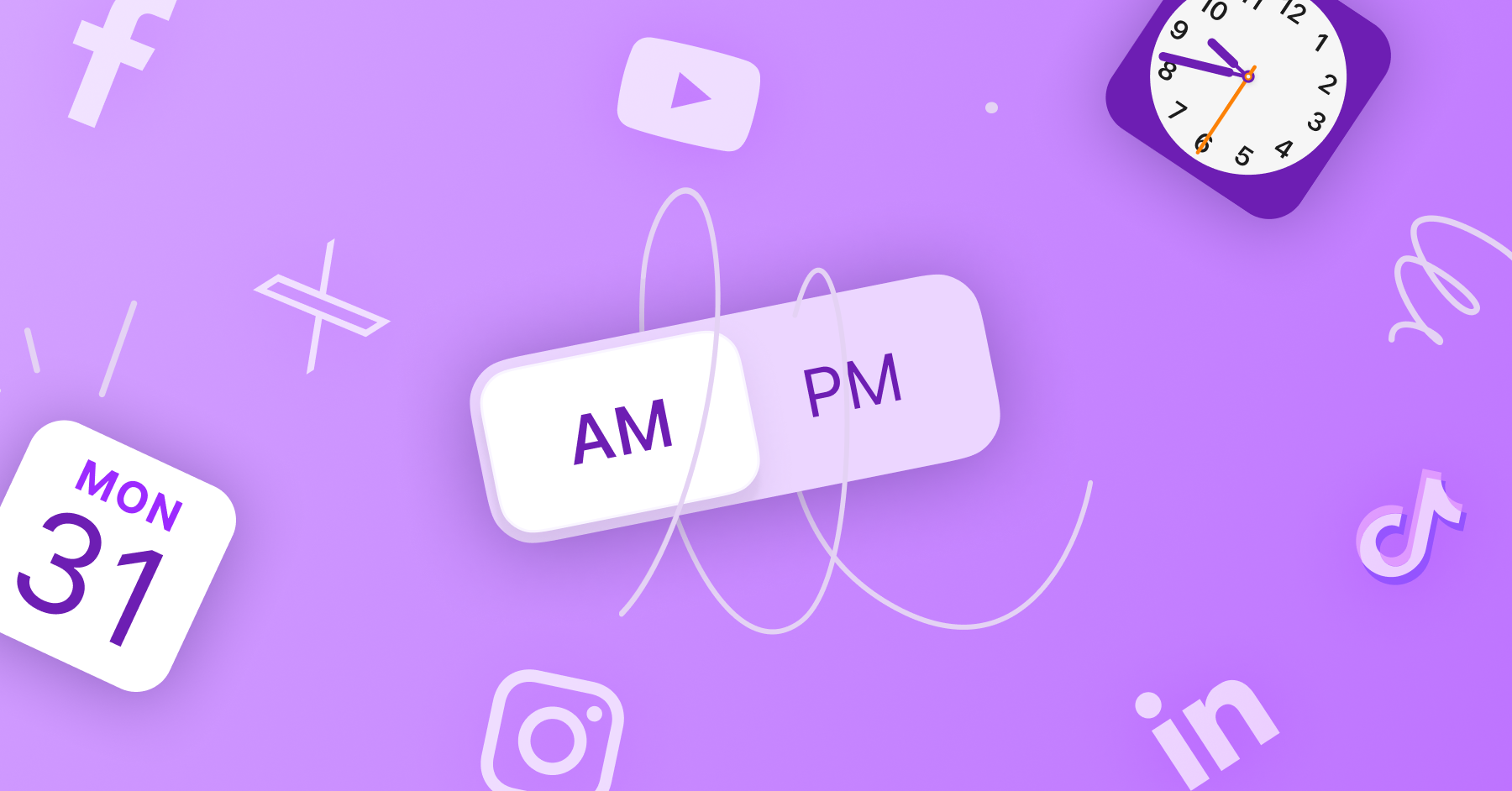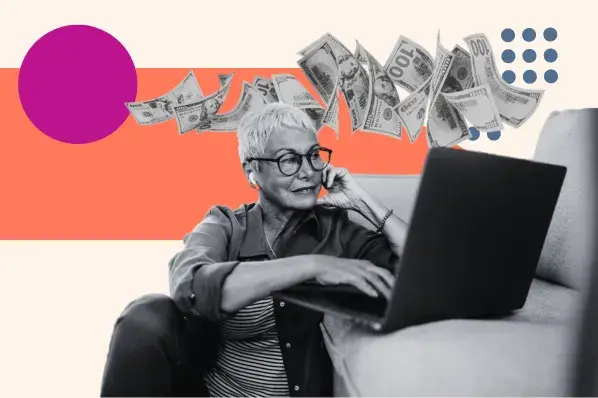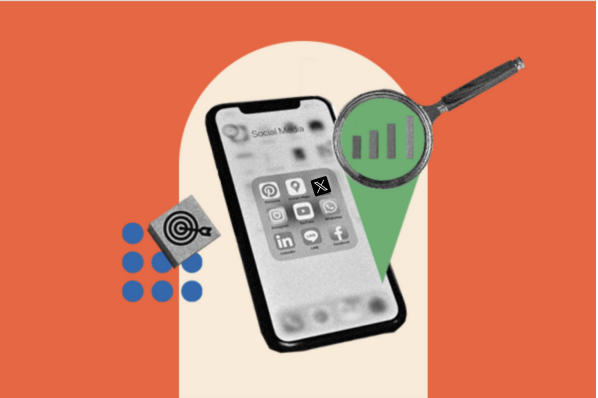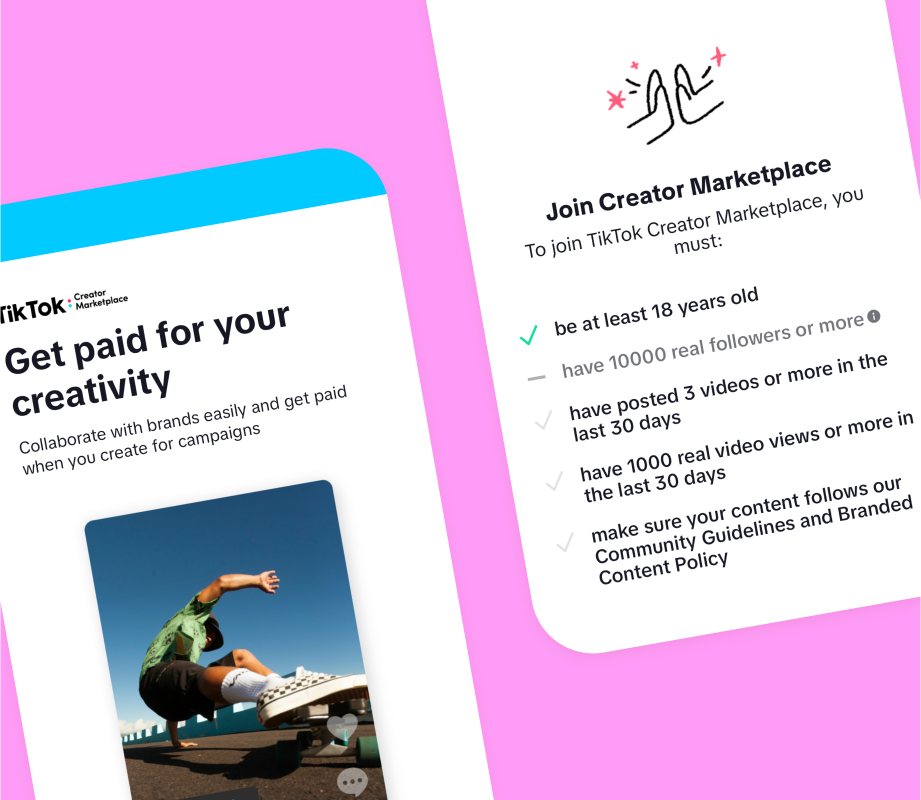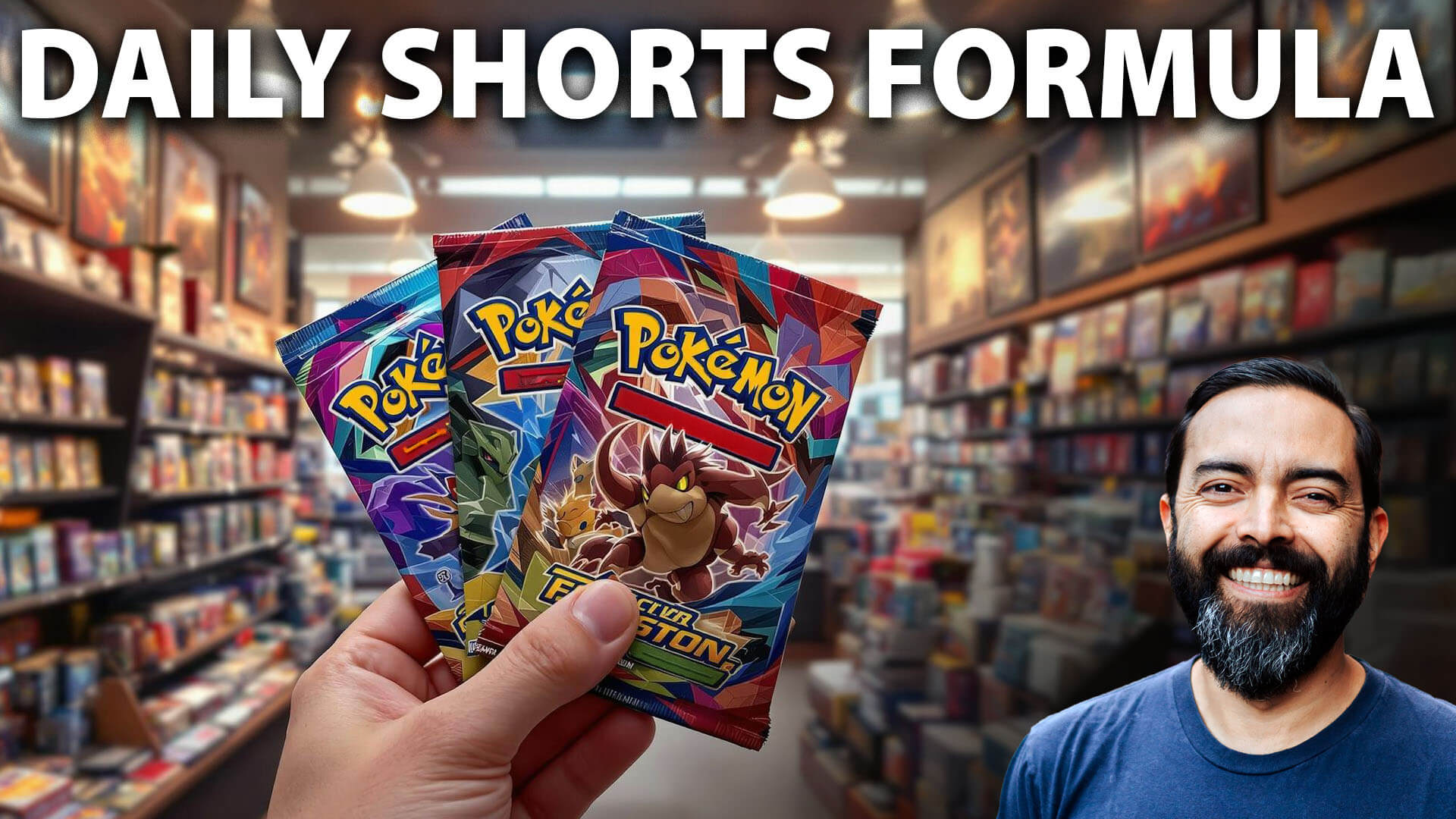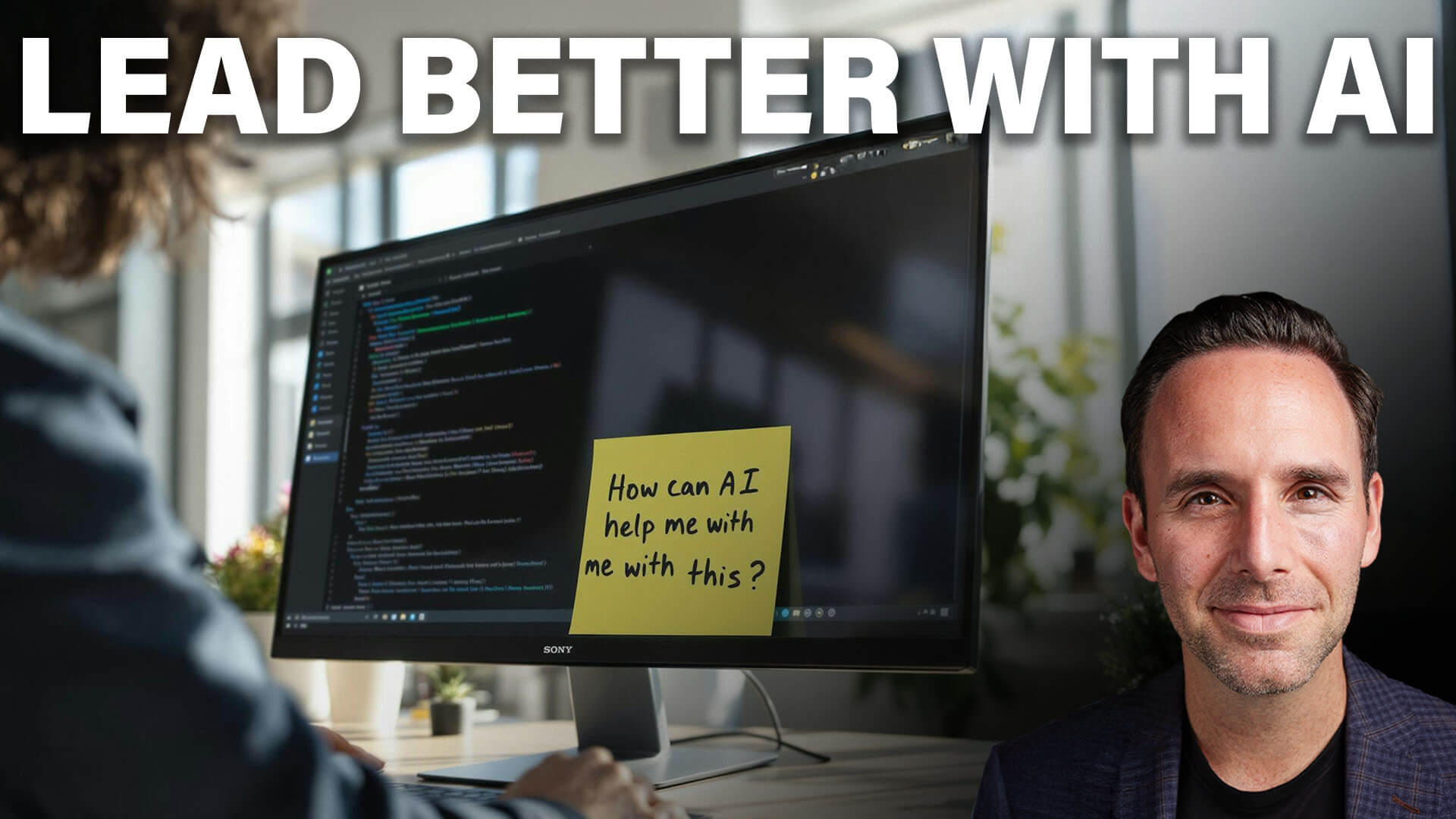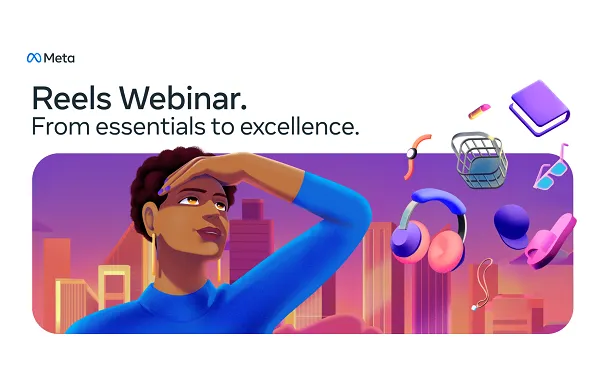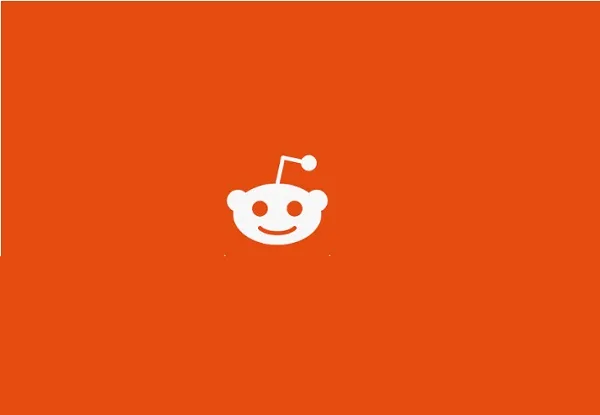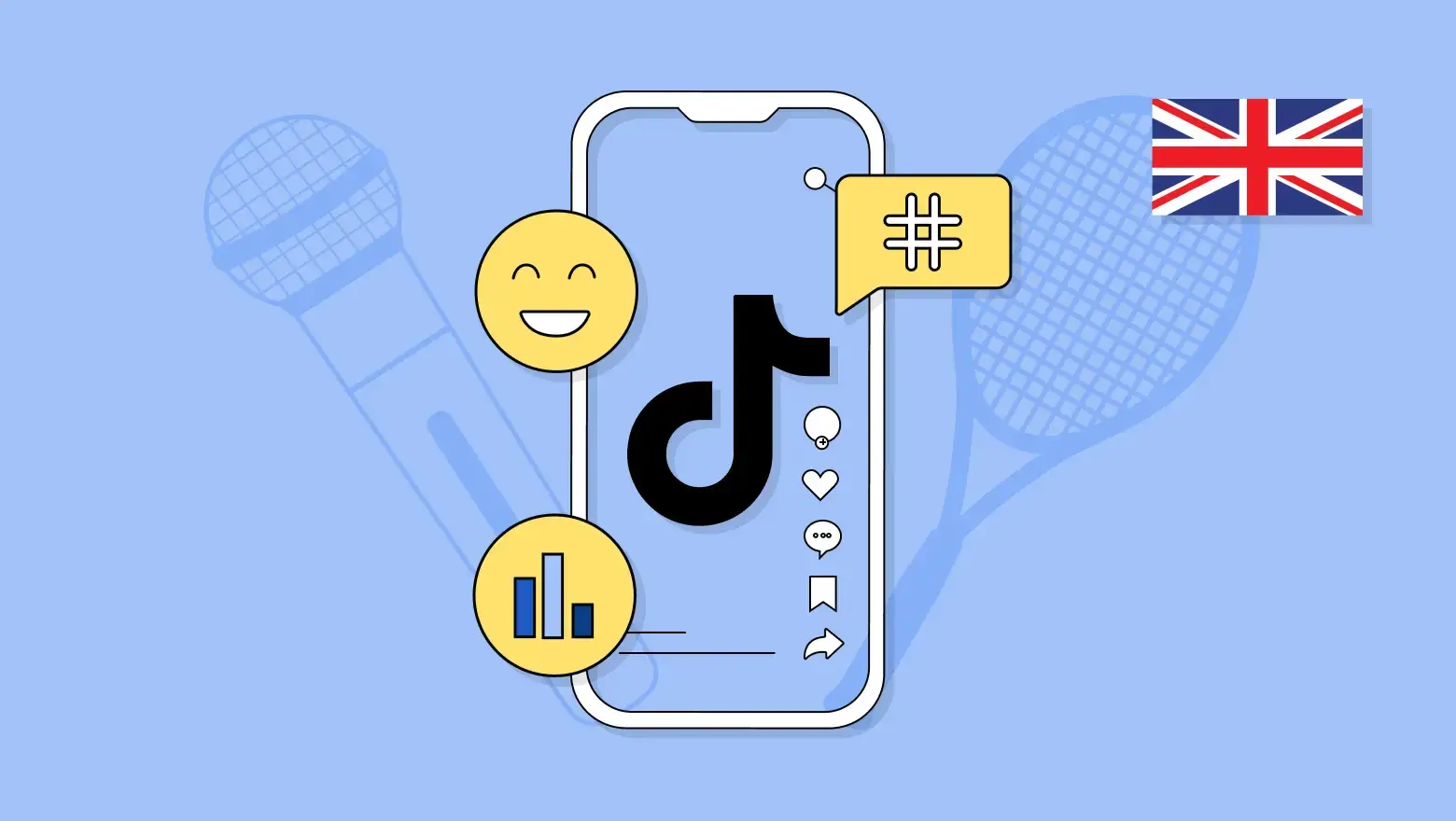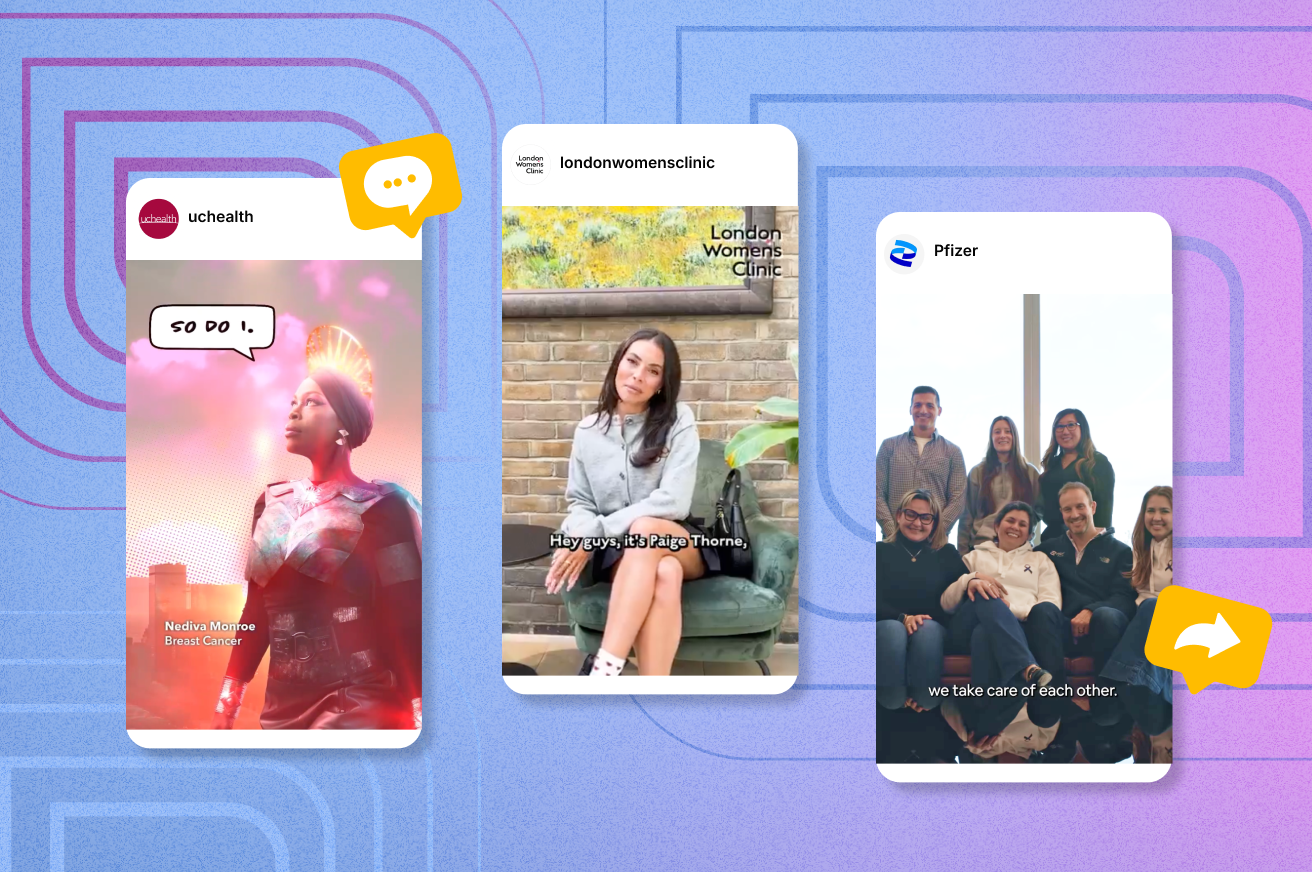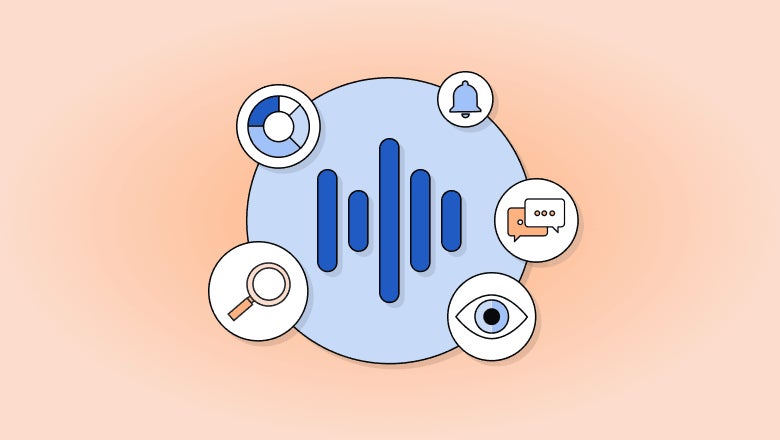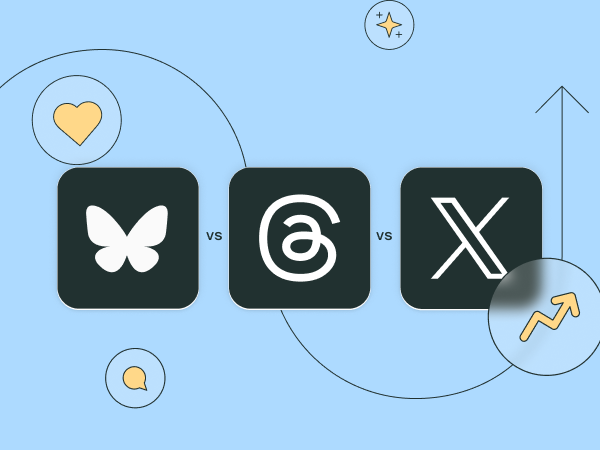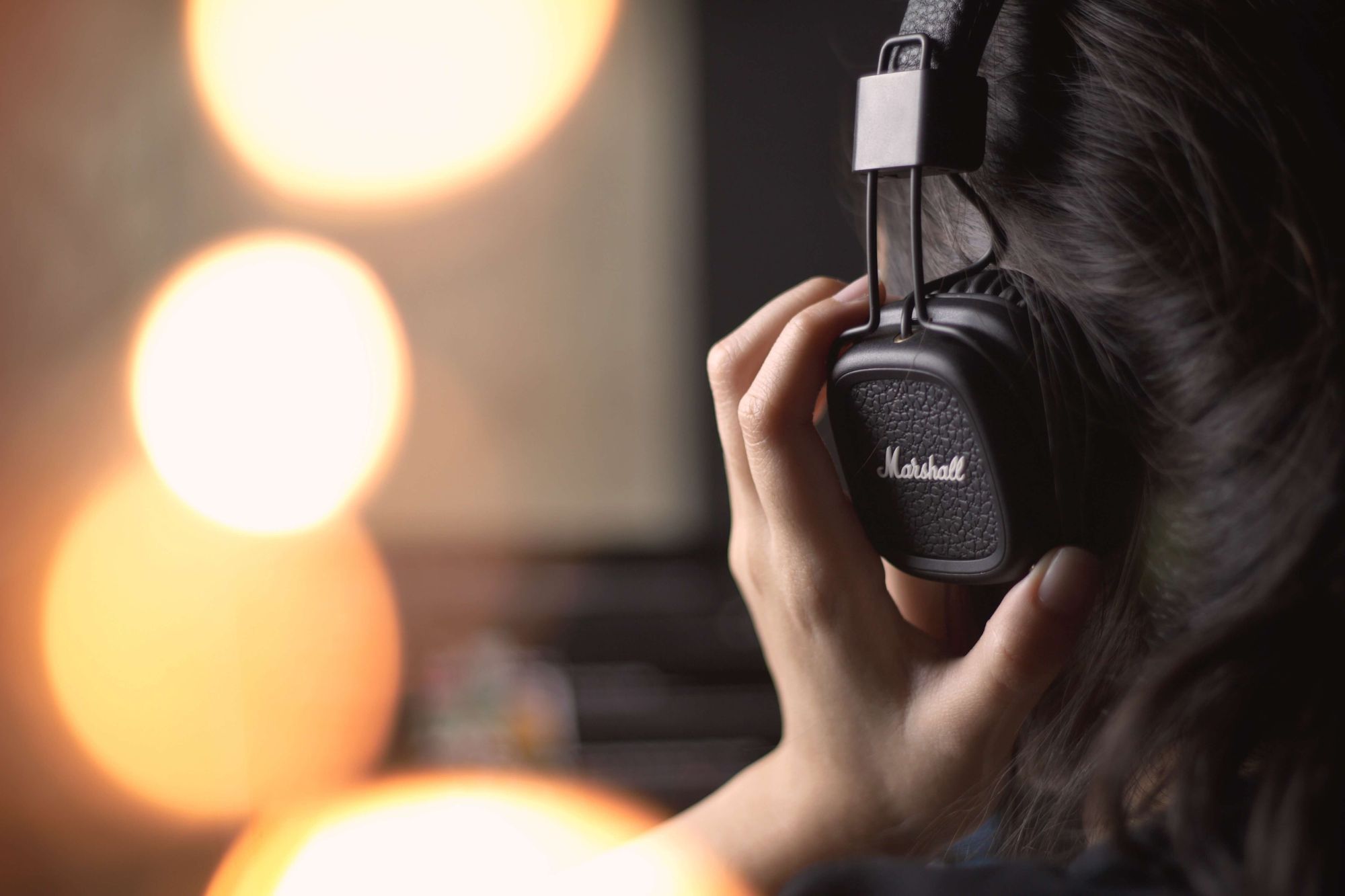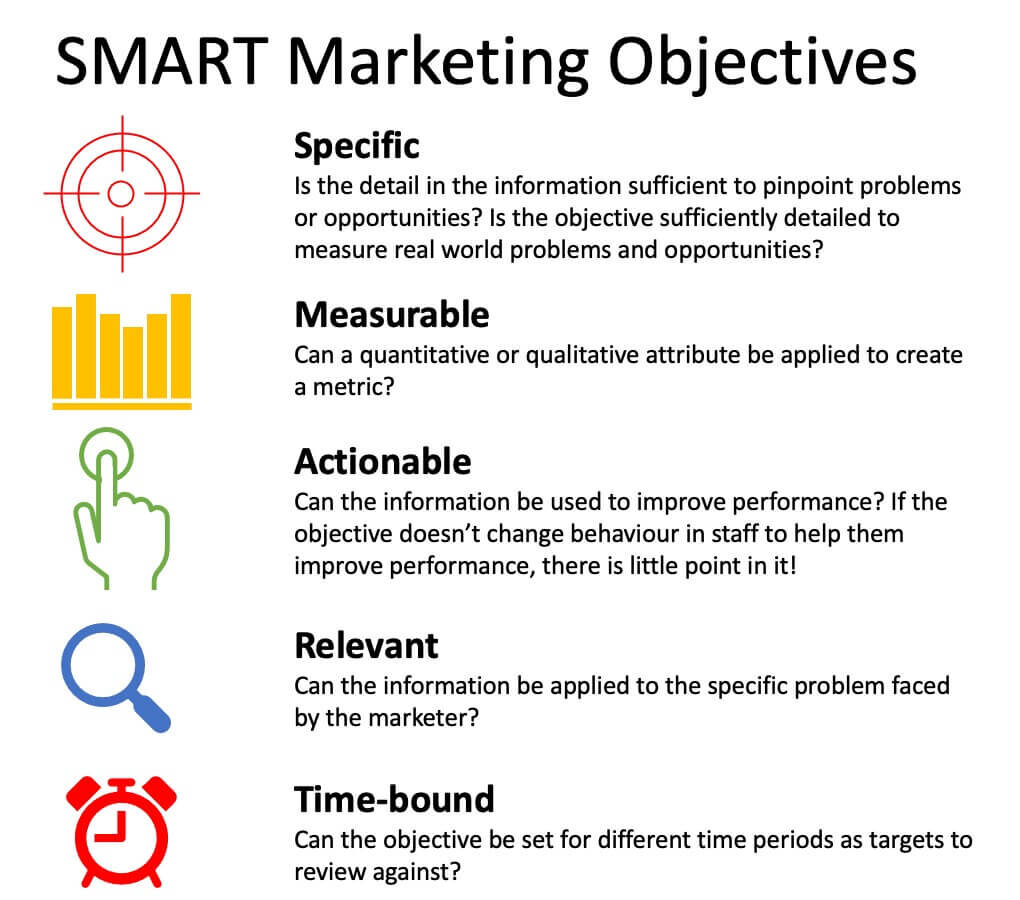Inside the Facebook Algorithm in 2025: All the Updates You Need to Know
Is there a secret to getting your content seen by as many people as possible? Here’s everything we know about how the Facebook algorithm works and how you can get your content the reach it deserves.
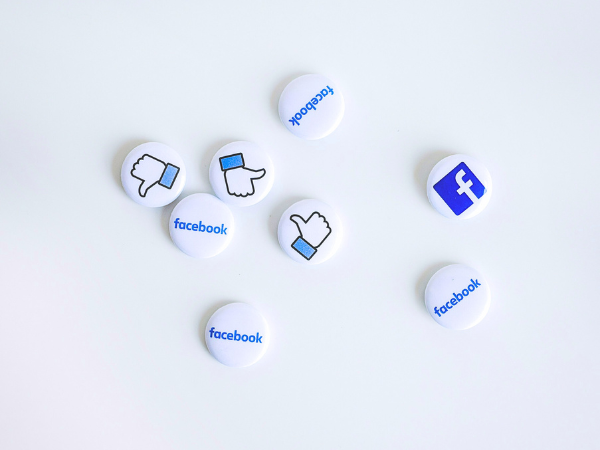

Remember good old chronological news feeds? Back in the early days of Facebook, circa 2006 or so, posts were shown pretty much in order of recency when you opened up the social media platform.
Well, things look a bit different nearly twenty years later.
What started as a place for sharing updates and photos with friends and family — putting the ‘social’ in social media — has grown into a full-fledged content platform.
Facebook has evolved from personal profiles to a space where people can follow creators and brands, join communities and groups, and promote events. Instead of just text and photo posts, there are now disappearing stories, reels, live streams, and much more.
With so many new features available on the platform, it makes sense that the Facebook algorithm — the ranking system that uses machine learning to arrange content in users’ feeds — has changed too.
What used to be one chronological feed is now a set of different feeds — and multiple feeds means multiple algorithms. These algorithms work together to decide what content users see when they open the app.
The Facebook algorithm is the lifeblood of one of the original social networks. It’s what makes the platform so more-ish — so it’s no surprise that it's developed an almost mythical status for brands and creators. Is there a secret to getting your content seen by as many people as possible?
Understanding how the Facebook algorithms work is a solid start. When you know what Facebook looks for when showing posts to users, you can make more thoughtful decisions about what, when, and why you post.
In this article, I’ll unpack everything we know about how the Facebook algorithms work, and I’ll share some tips you can use to get your content the reach it deserves.
How the Facebook algorithm works in 2025
The Facebook algorithm was created so that the Meta-owned platform shows users more interesting, relevant content that’s tailored to them and keeps them scrolling longer.
“Facebook’s goal is to make sure that you see posts from the people, interests, and ideas that you find valuable, whether that content comes from people you’re already connected to or from those you may not yet know,” the company says.
To that end, there are three different types of content that will make it into users’ feeds:
- Connected content — content from the people they're friends with or are following, groups they've joined, and pages they've liked.
- Recommended content — content Facebook thinks they’ll be interested in from pages and people they don't already follow.
- Ads — content people see because of targeting, rather than the algorithm.
Since this post is about the Facebook algorithm and not Facebook ads, I'll unpack the first two here.
How the Facebook algorithm ranks connected content
If a user is your friend (for personal profiles) or likes your Facebook Page or profile (for businesses and creators), your content may show up in their home feed when they open the app as part of the connected content system.
Here’s how Facebook evaluates and ranks your content:
1. Checks what posts are available
In the first part of this process, the algorithm looks at all the content that could show up in a user’s feed. This includes content shared by their friends, the pages they follow, and the groups they’ve joined.
Right from the get-go, content that violates Facebook’s Community Standards is excluded (more on this below).
2. Looks at signals
The second thing the Facebook algorithm does is look at ranking factors called ‘signals’ to decide how relevant a piece of content will be to that particular user. There are thousands of possible signals Facebook considers that are based on both user behavior and the post itself. Here are some examples.
The Facebook feed algorithm might look at how often someone’s seen similar types of content recently (like photos or videos) and how much time they’re spending on their feed. It also takes into account factors related to the post, like how many comments or reactions it has and how long the comments are, on average.
Importantly, it also looks at how likely someone is to interact with the person who shared the post, especially if they’re friends or in a group. That prediction is based on things like past interactions between them, both in public (like comments of reactions) and in DMs.
The Facebook stories algorithm might look at how often someone views stories in general and how many stories (or sets of stories) they’ve watched from different people or pages. It also pays attention to whether they’ve missed any stories from a person or page they follow, how many photos or videos are in a story set, and if they’ve ever replied to that person or page’s stories with a message.
3. Making predictions
Each of those thousands of signals is then used to make “personalized predictions about which content [users will] find most relevant and valuable.”
In other words, the algorithm looks at users’ past behavior to make predictions about whether they’ll be interested in your post and likely to interact with it.
For example, if you run a brand Facebook Page that they follow and visit often, and they regularly share your posts, Facebook knows they’re a fan. They probably want to see more of your content in their feed.
A less obvious example: If a user likes shopping in the afternoons and reacts to more branded posts during that time, Facebook will use that as an indicator to surface more branded posts during that time.













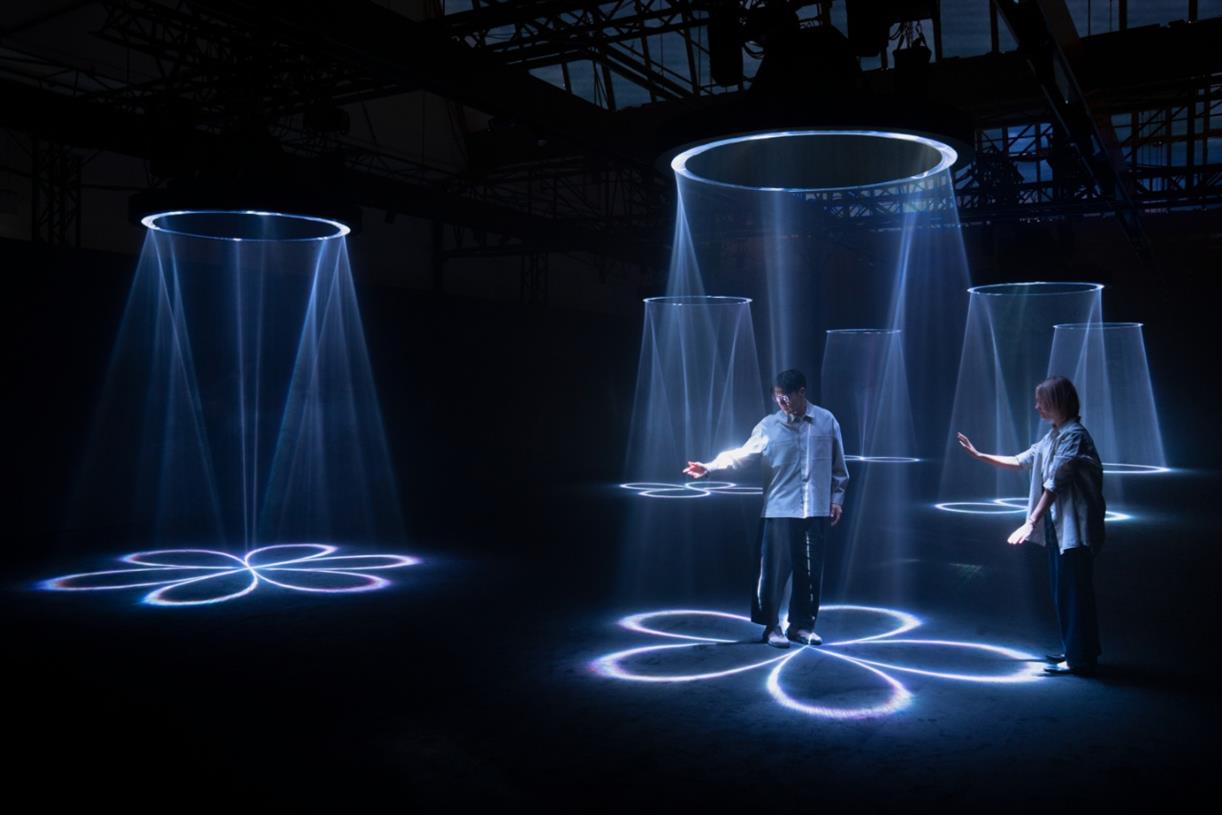

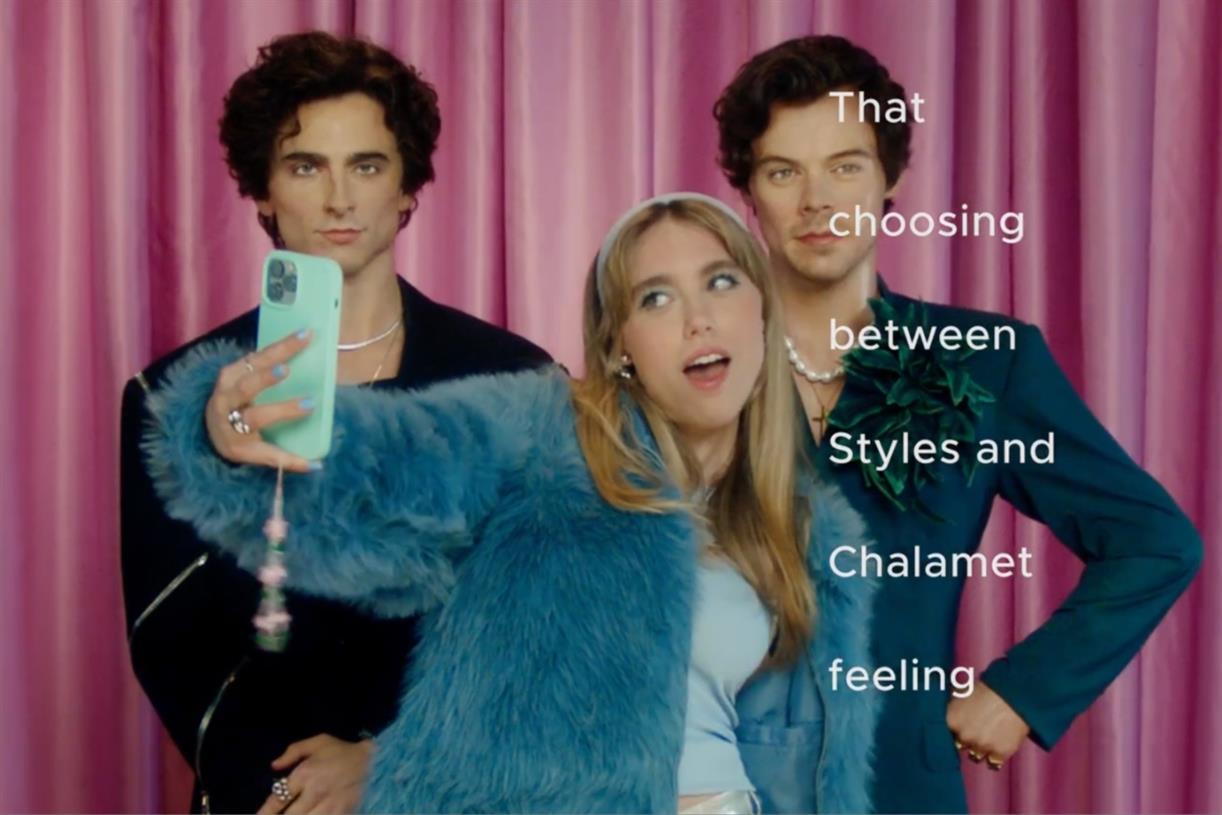















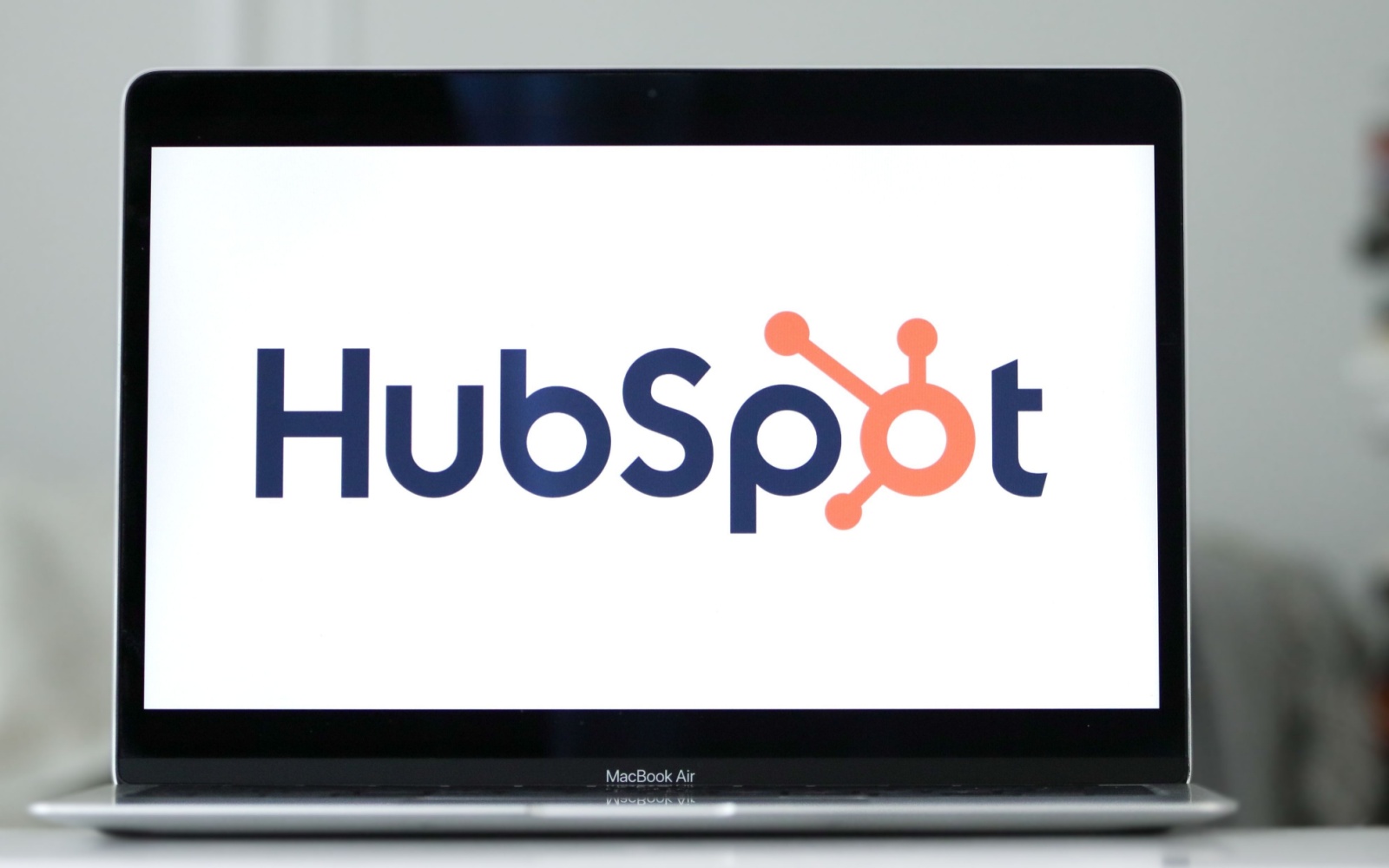
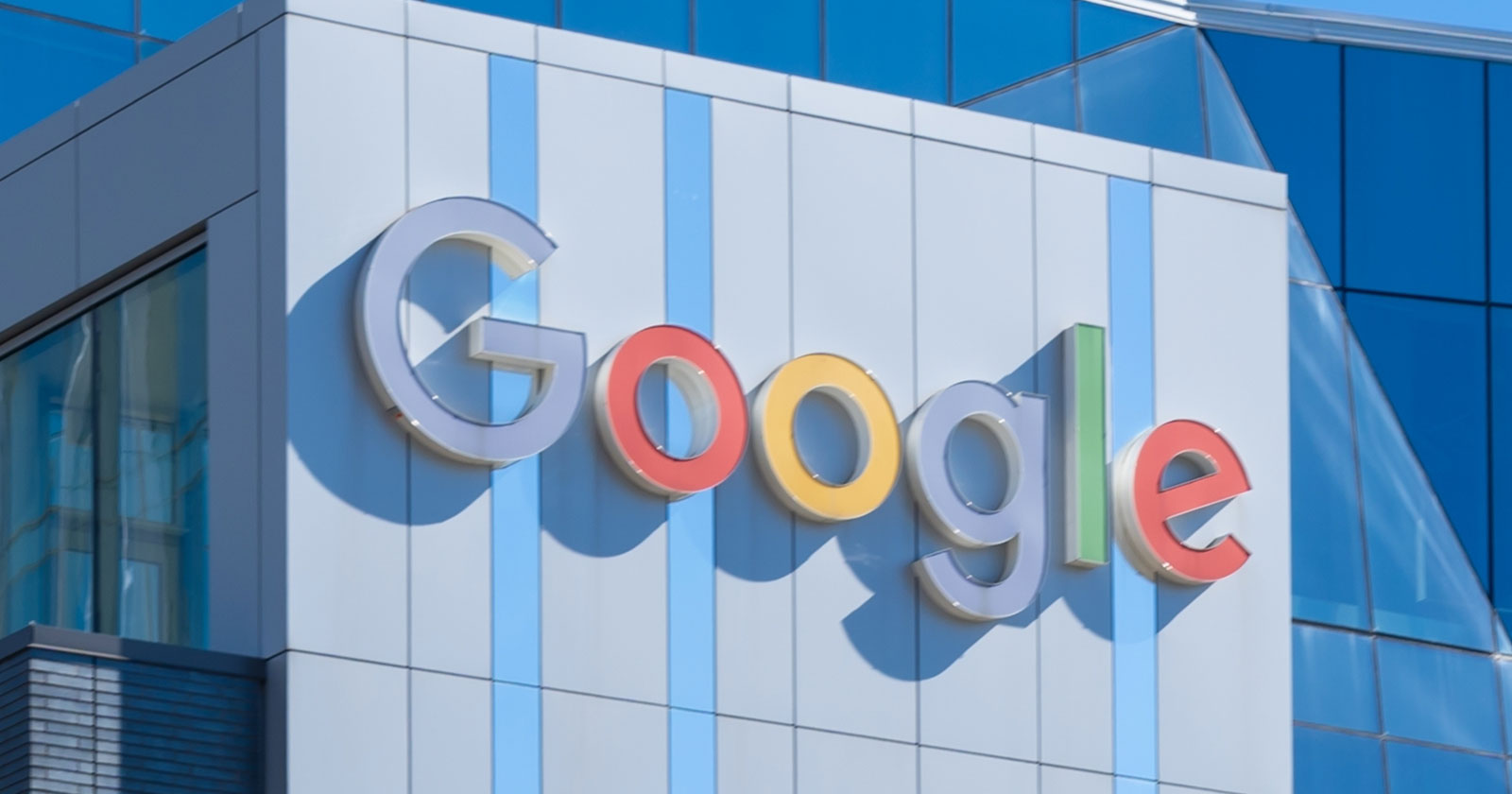


![How to Find Low-Competition Keywords with Semrush [Super Easy]](https://static.semrush.com/blog/uploads/media/73/62/7362f16fb9e460b6d58ccc09b4a048b6/how-to-find-low-competition-keywords-sm.png)

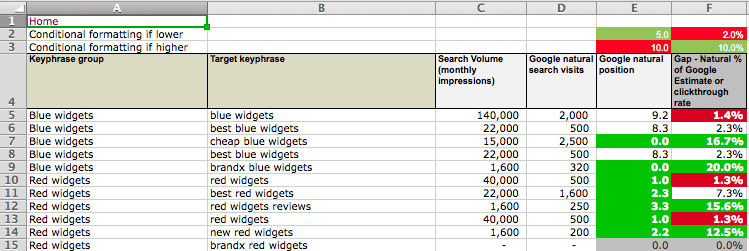
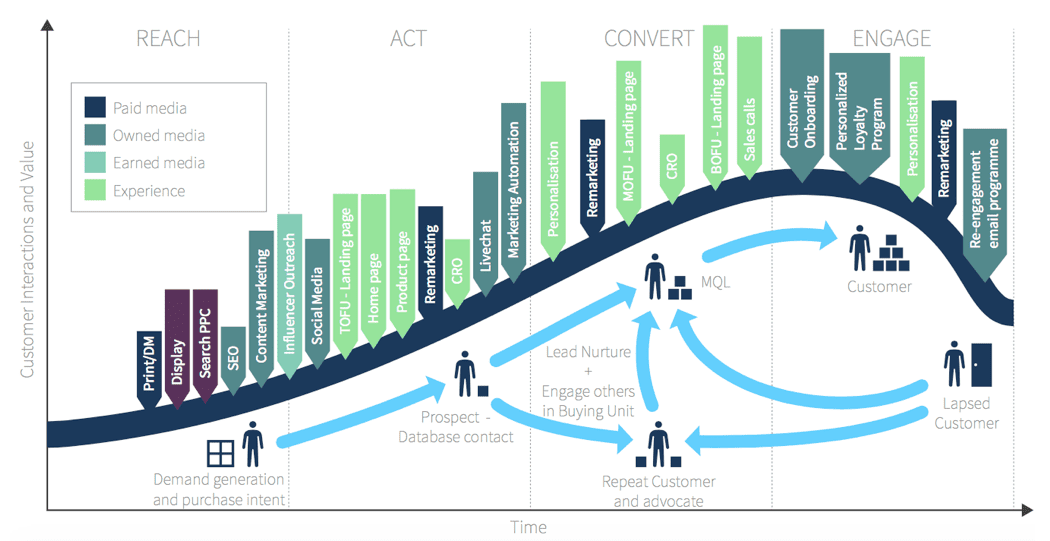
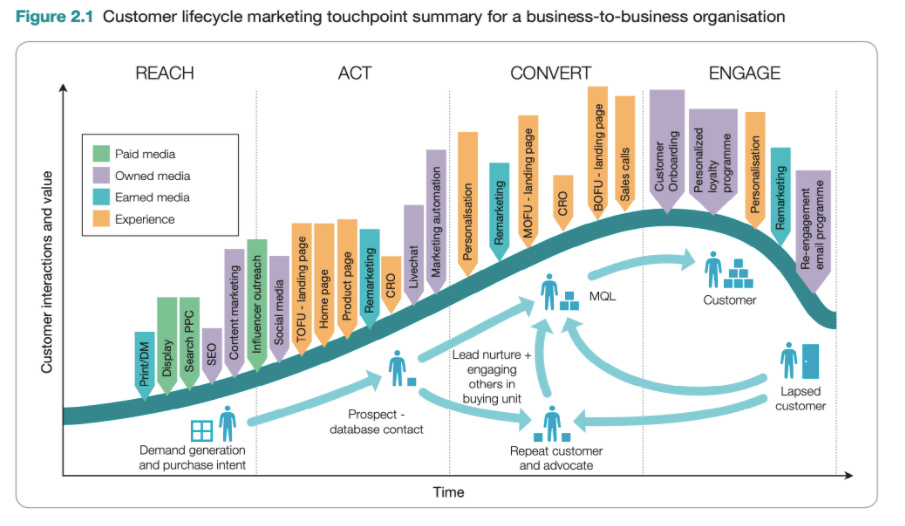




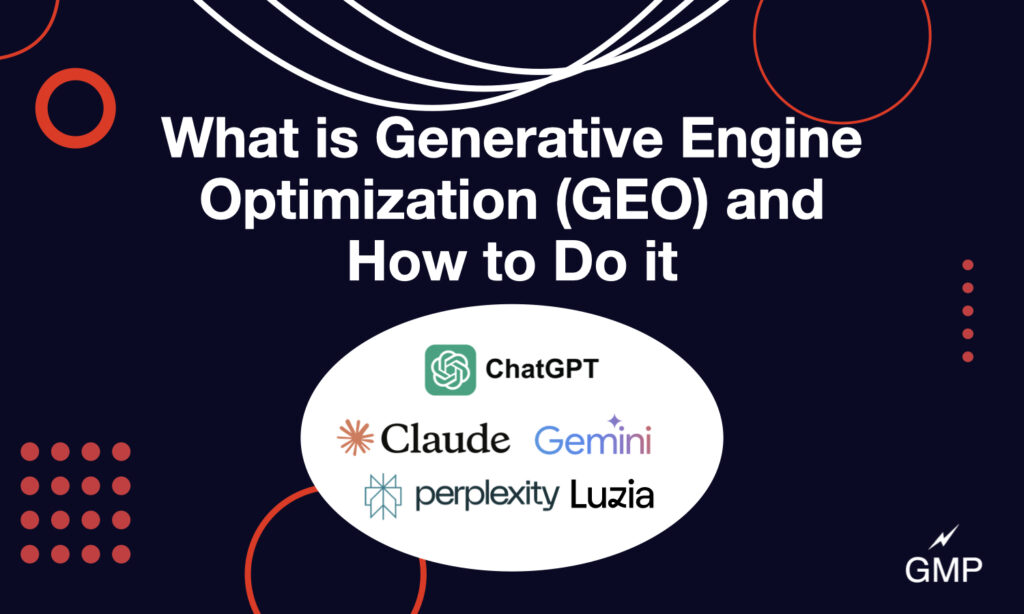



![How Marketers Are Using AI for Writing [Survey]](https://www.growandconvert.com/wp-content/uploads/2025/03/ai-for-writing-1024x682.jpg)

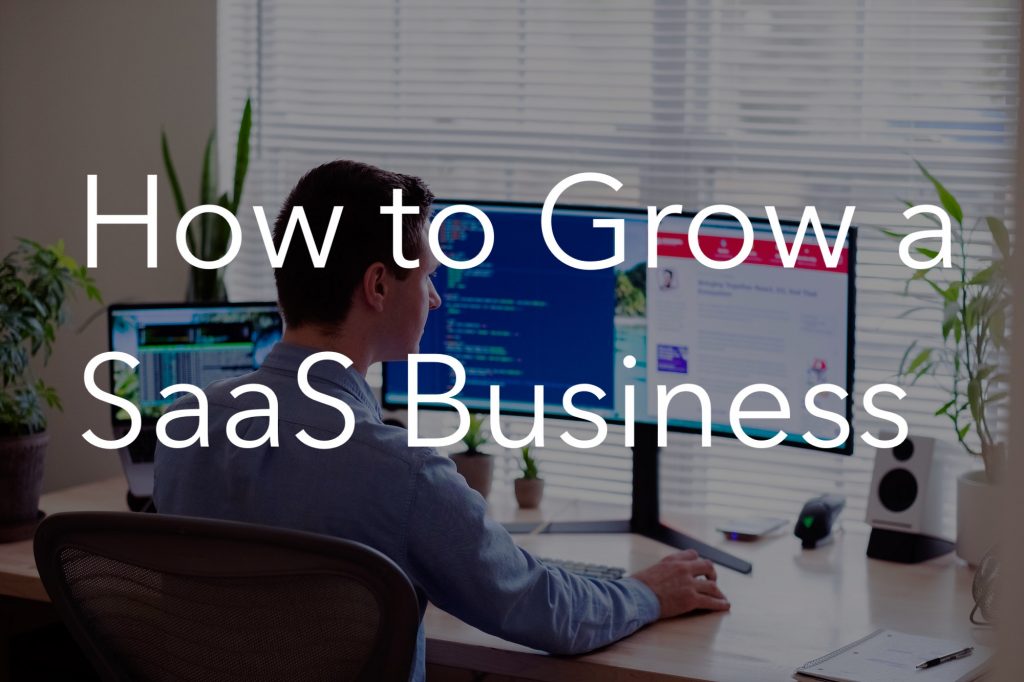






















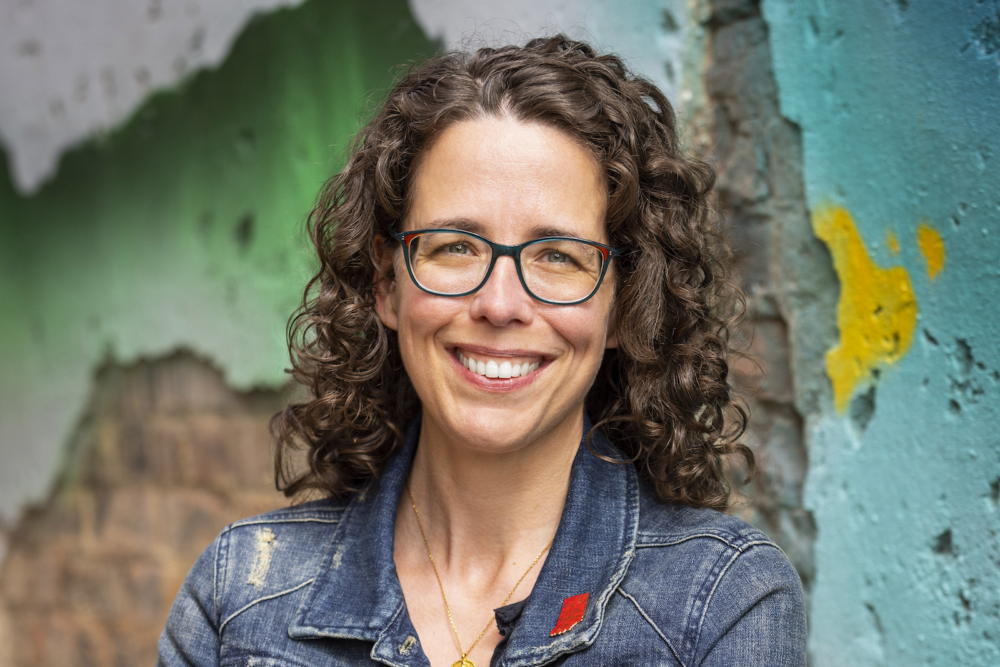









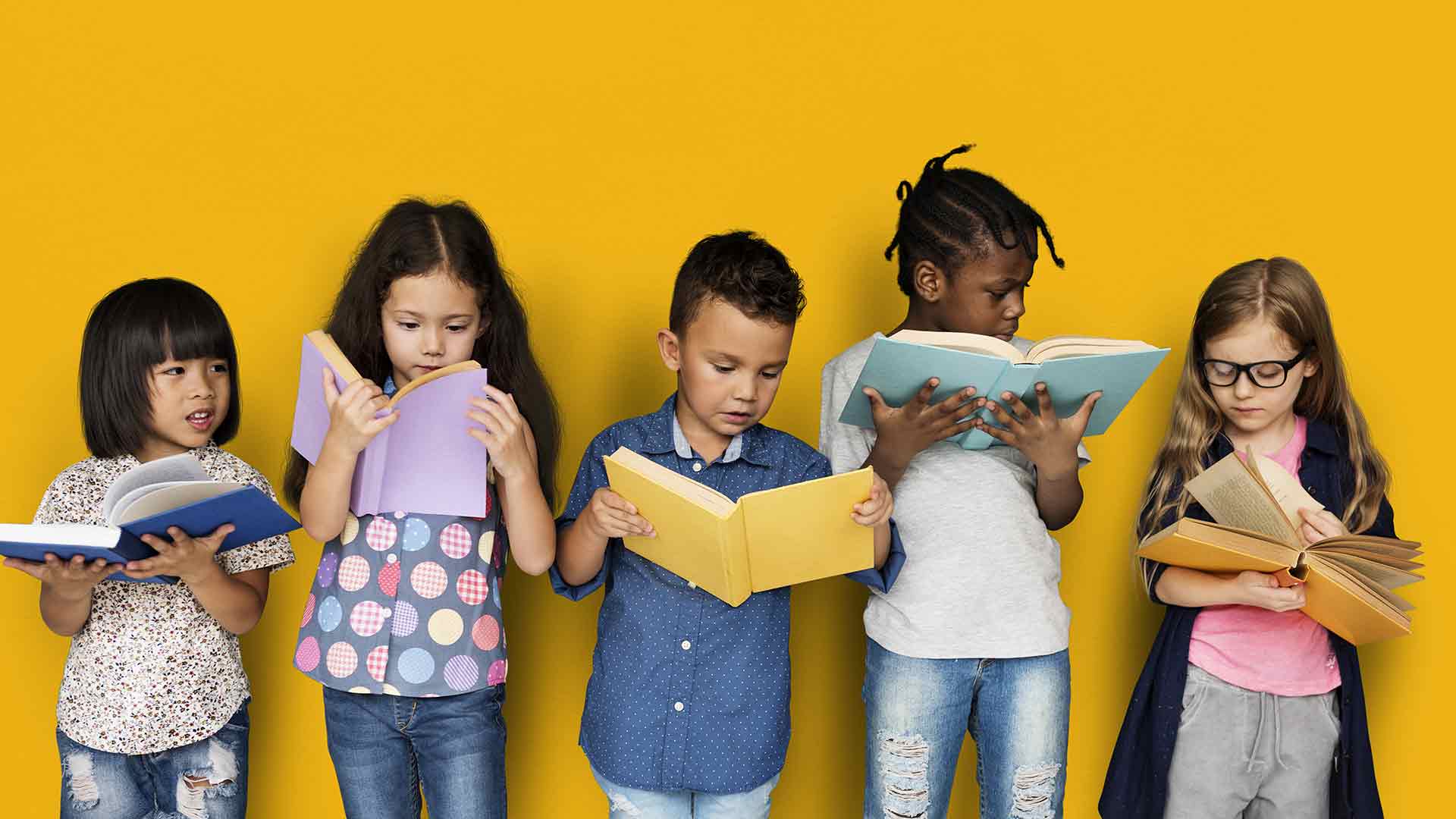


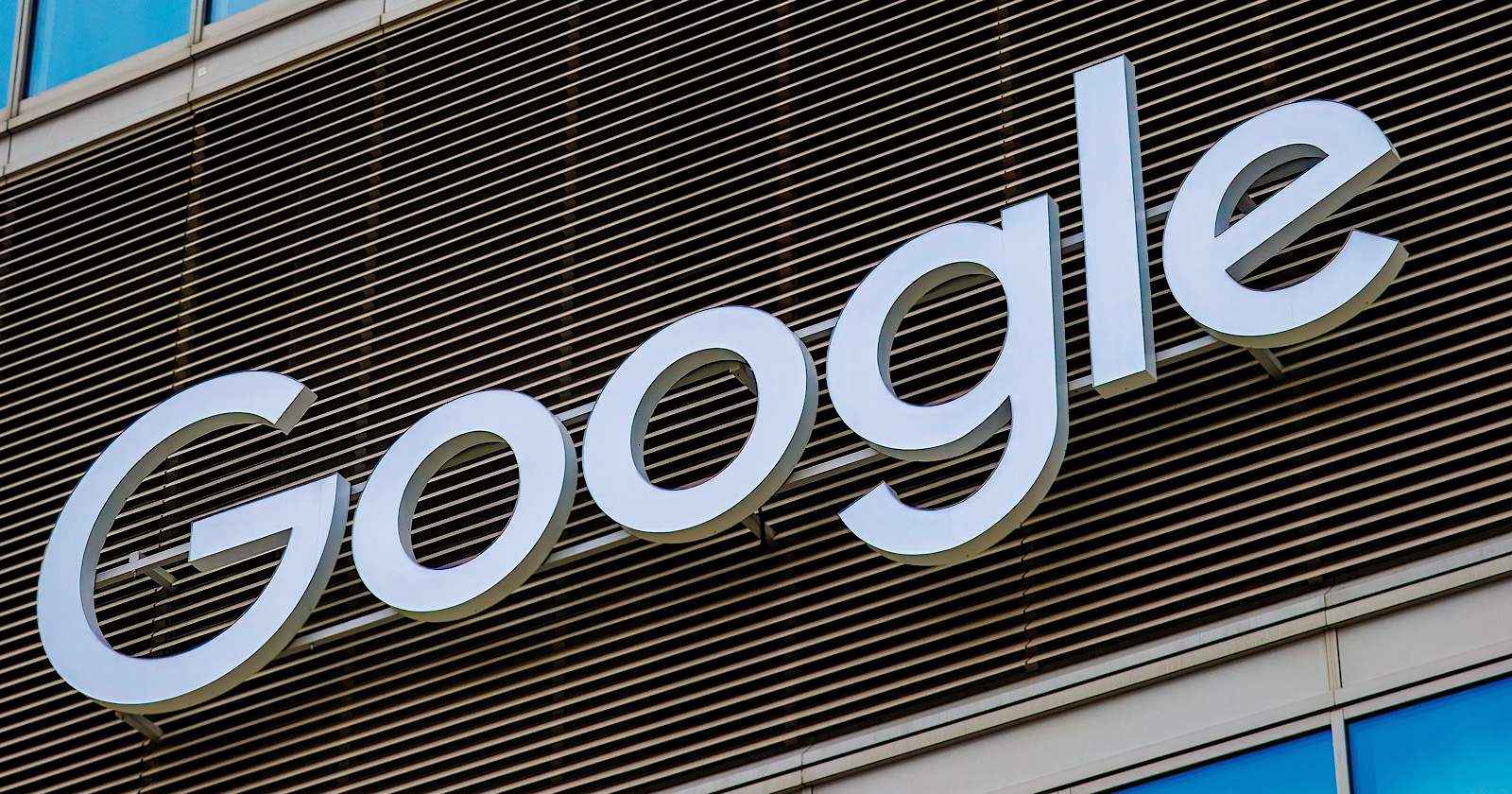
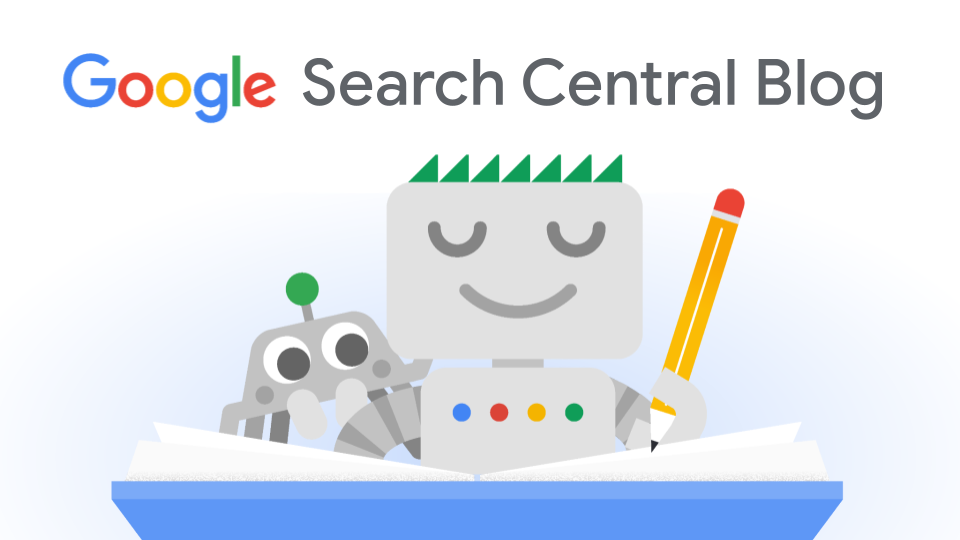
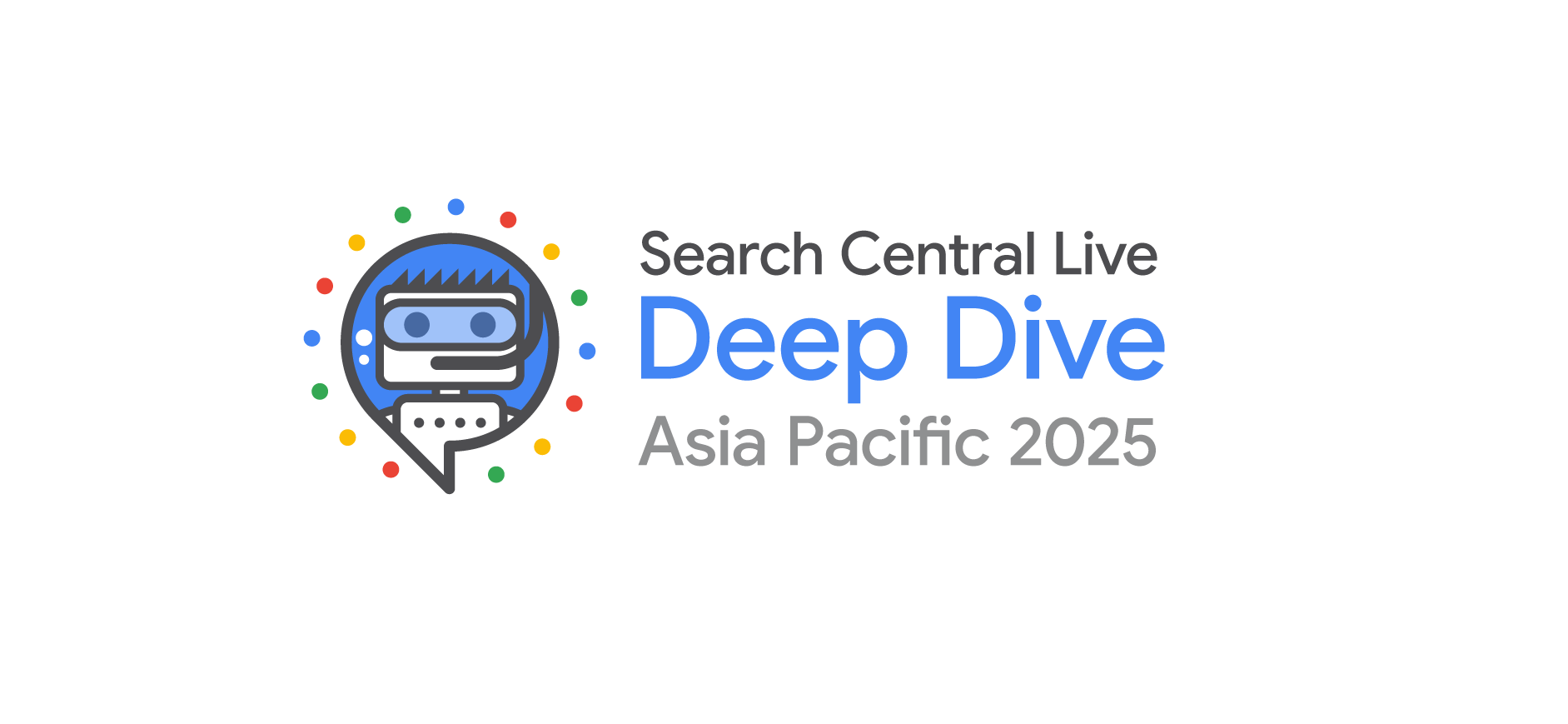



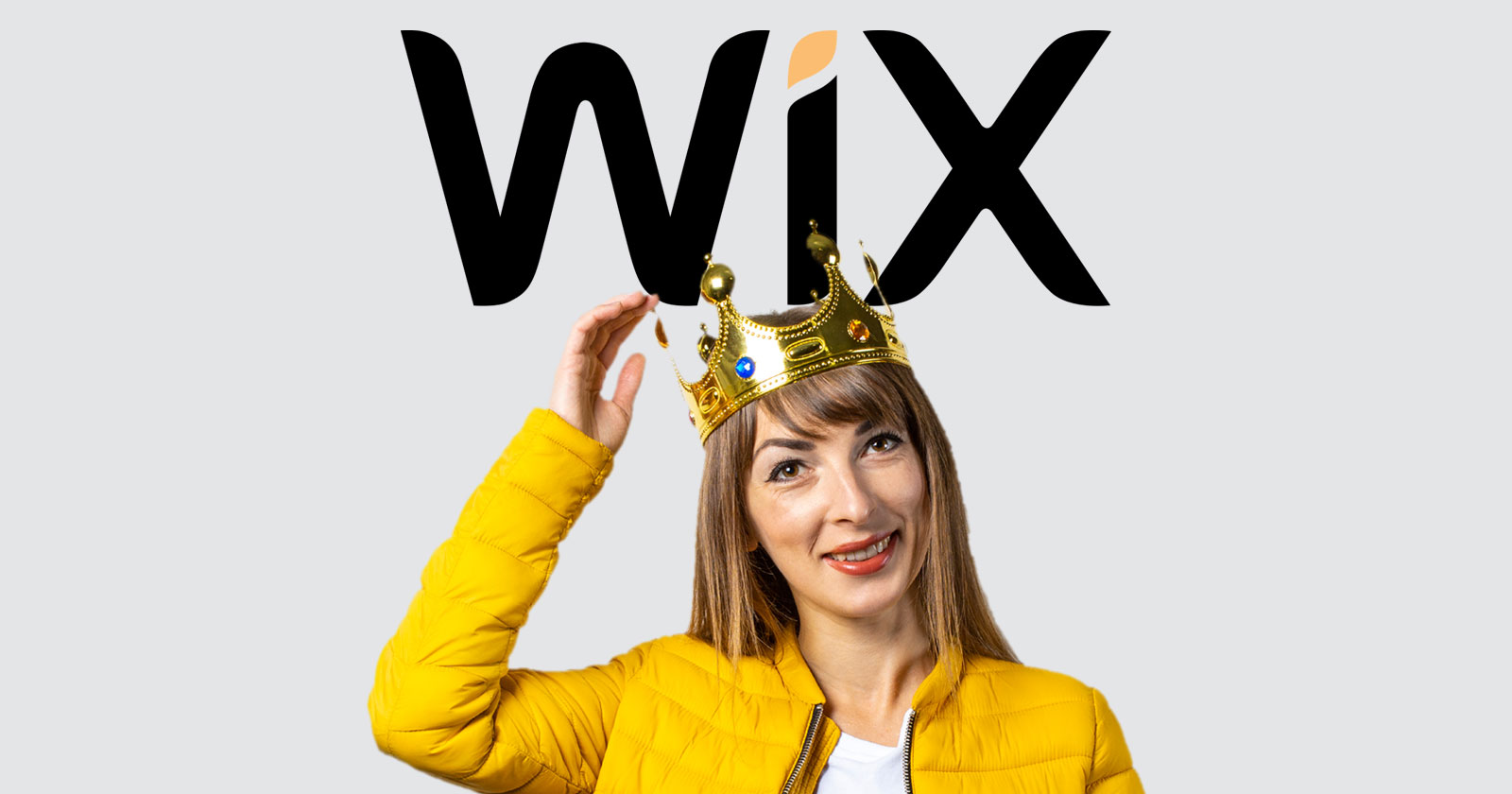




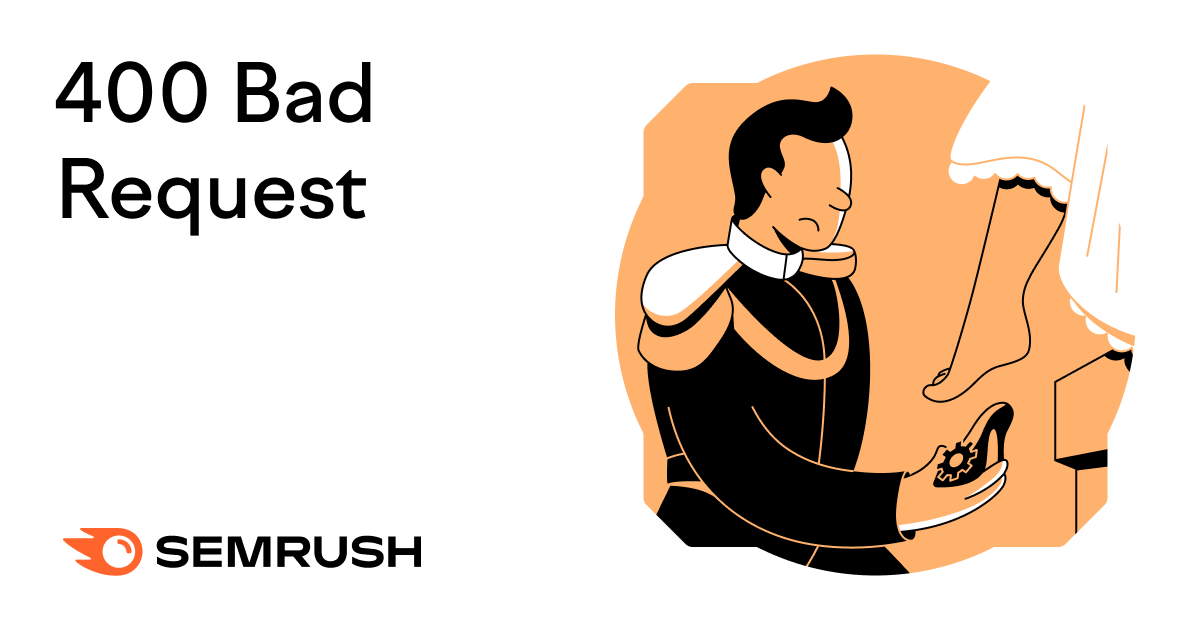
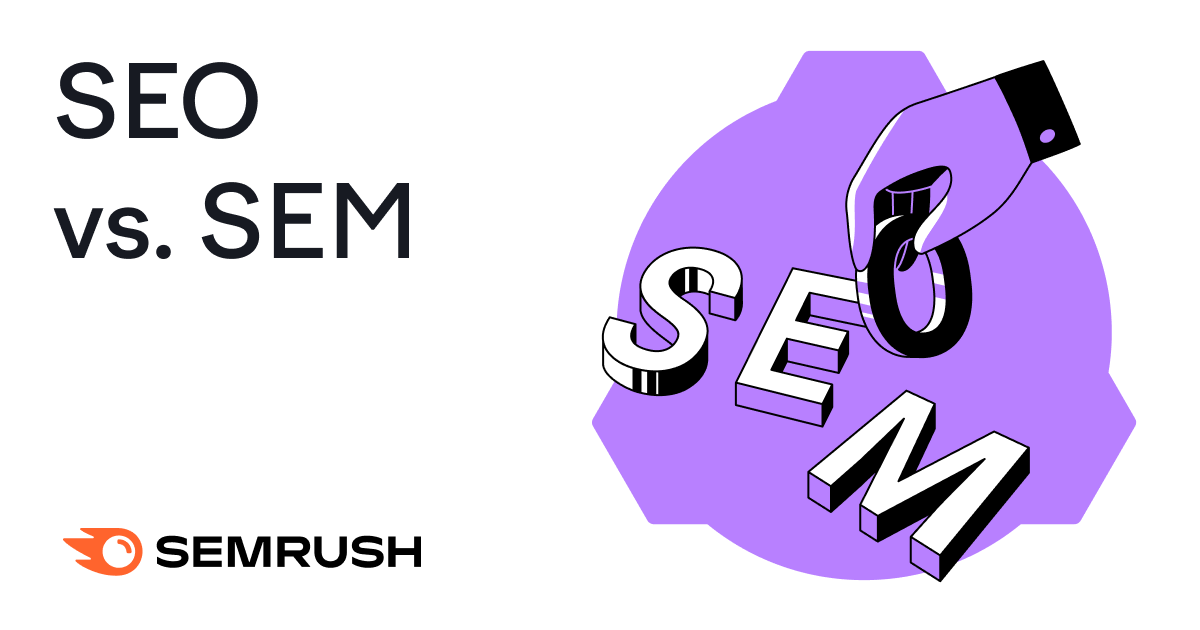
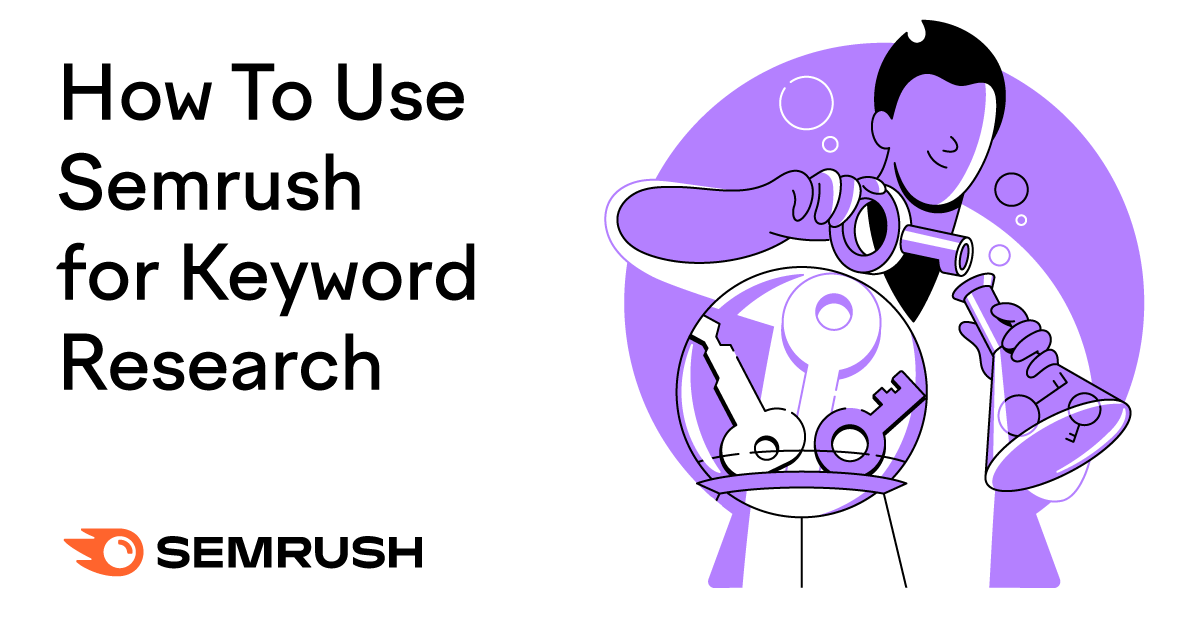
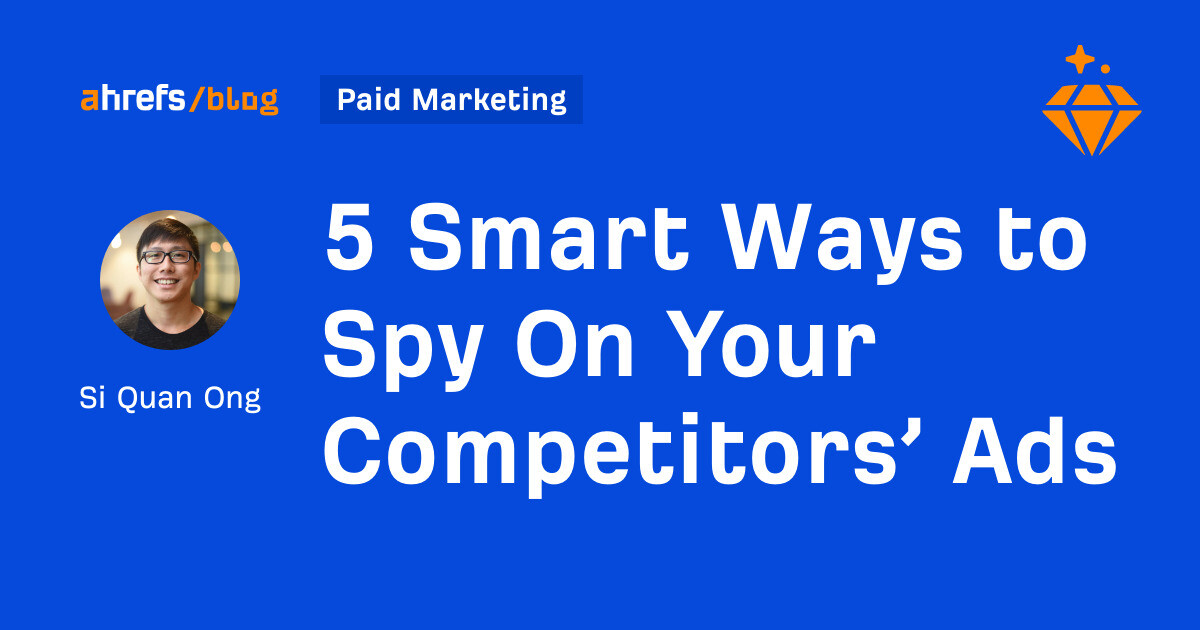
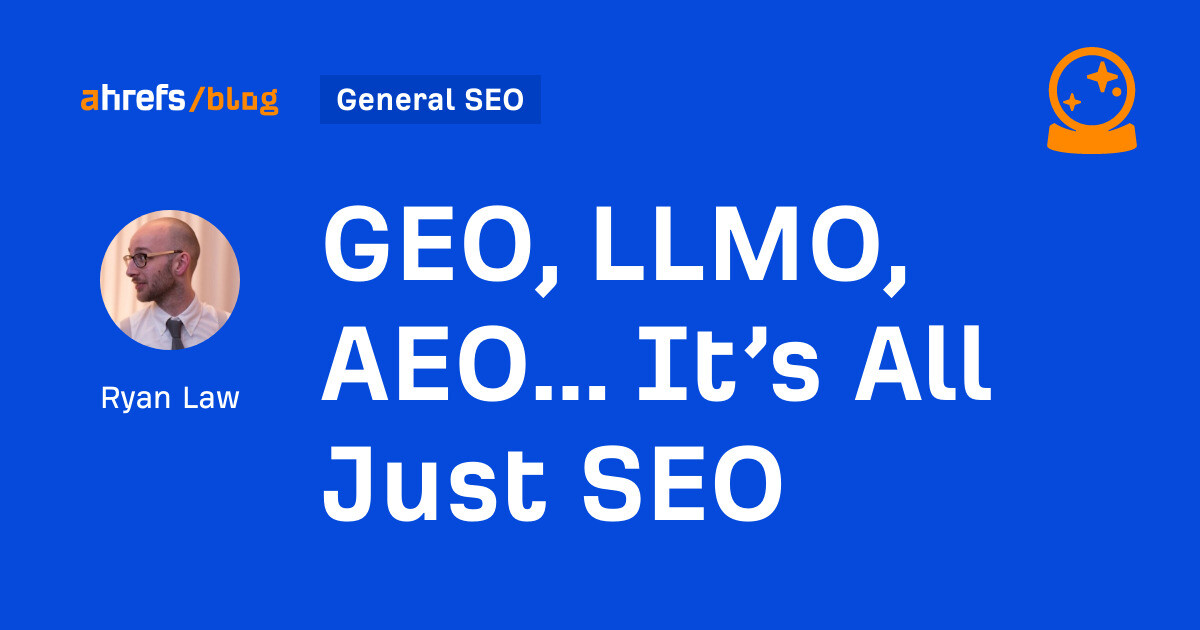
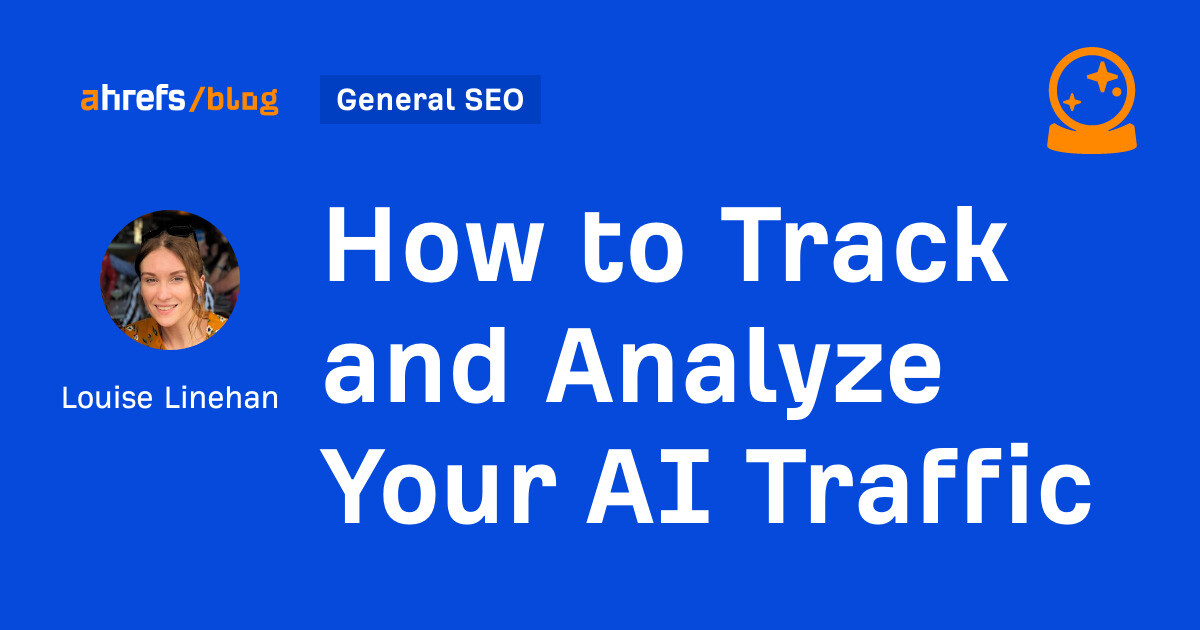
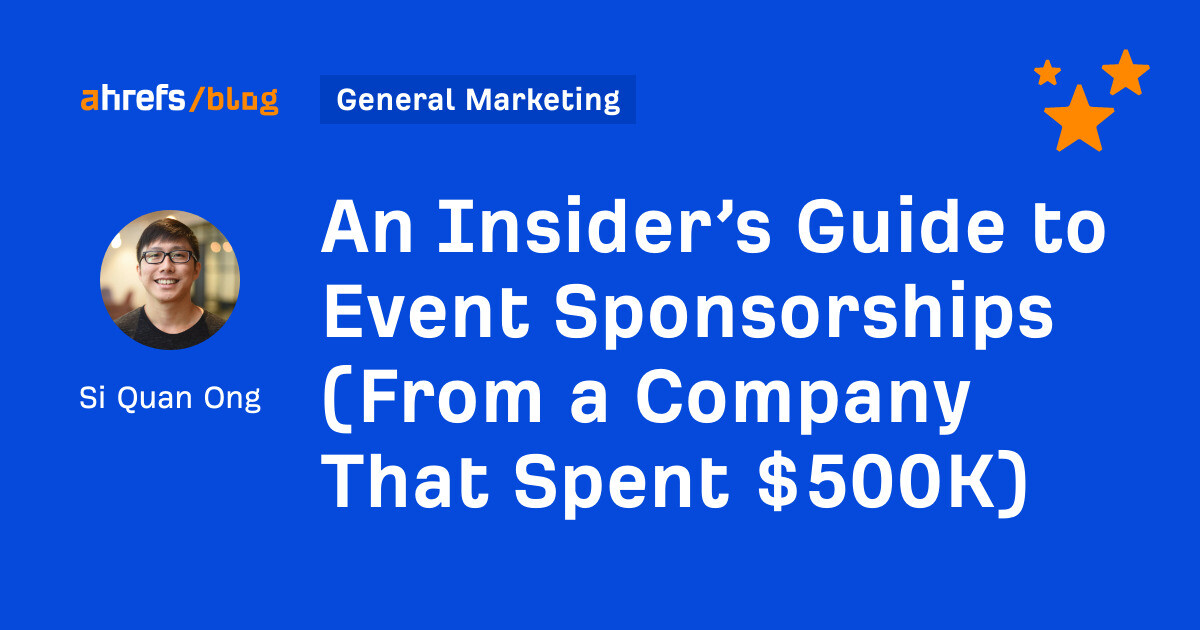

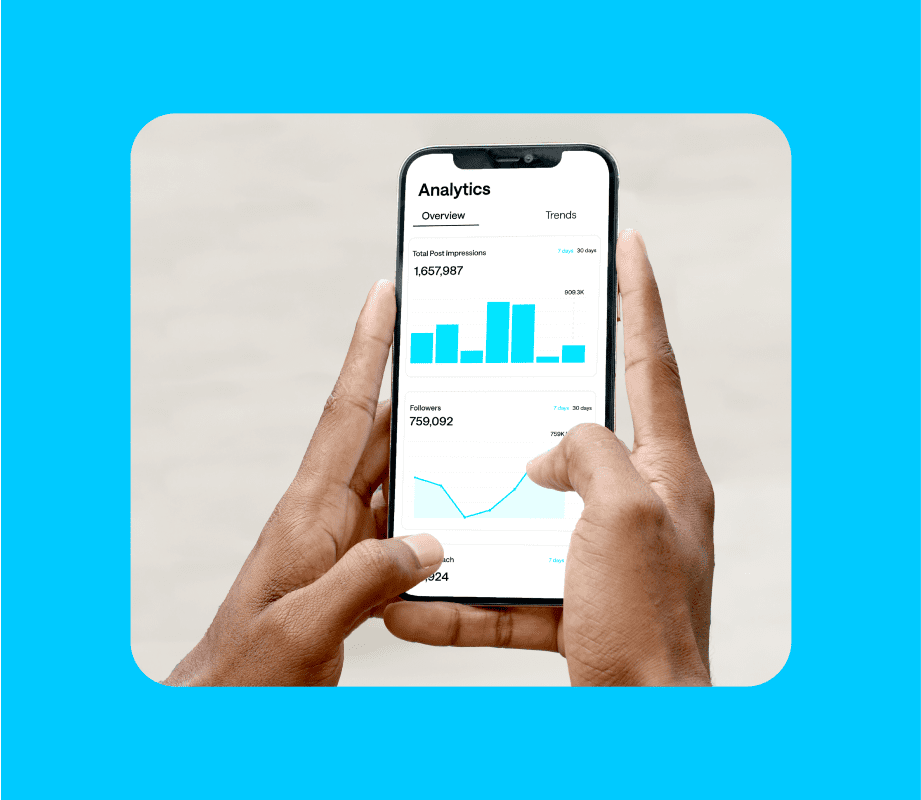
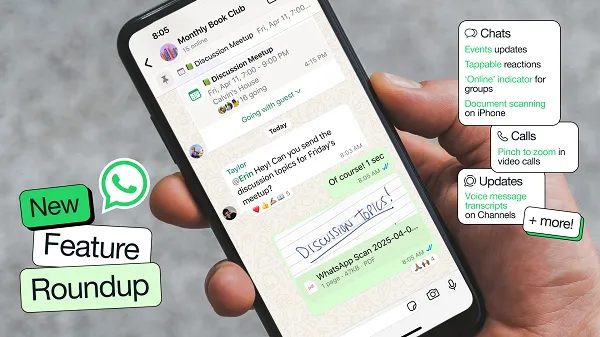
![Ecommerce Customer Journey Mapping — How to Set Potential Shoppers Up to Buy [Tips & Template]](https://www.hubspot.com/hubfs/ecommerce-Sep-13-2023-09-08-01-7144-PM.png)

